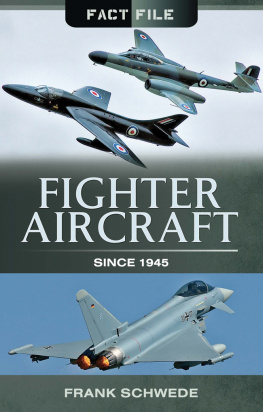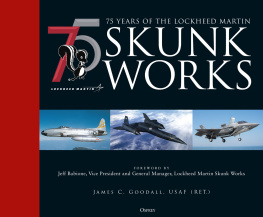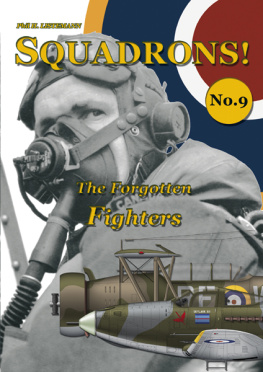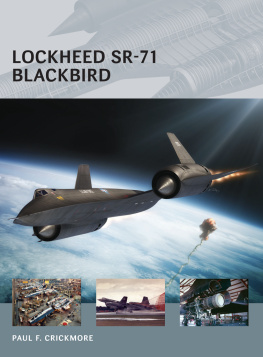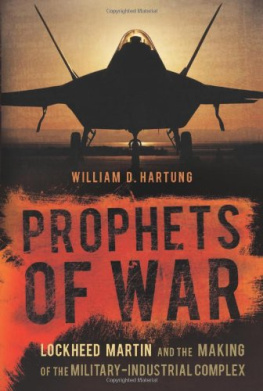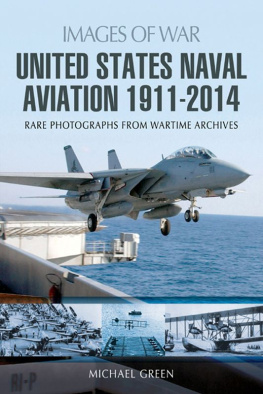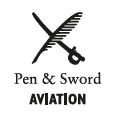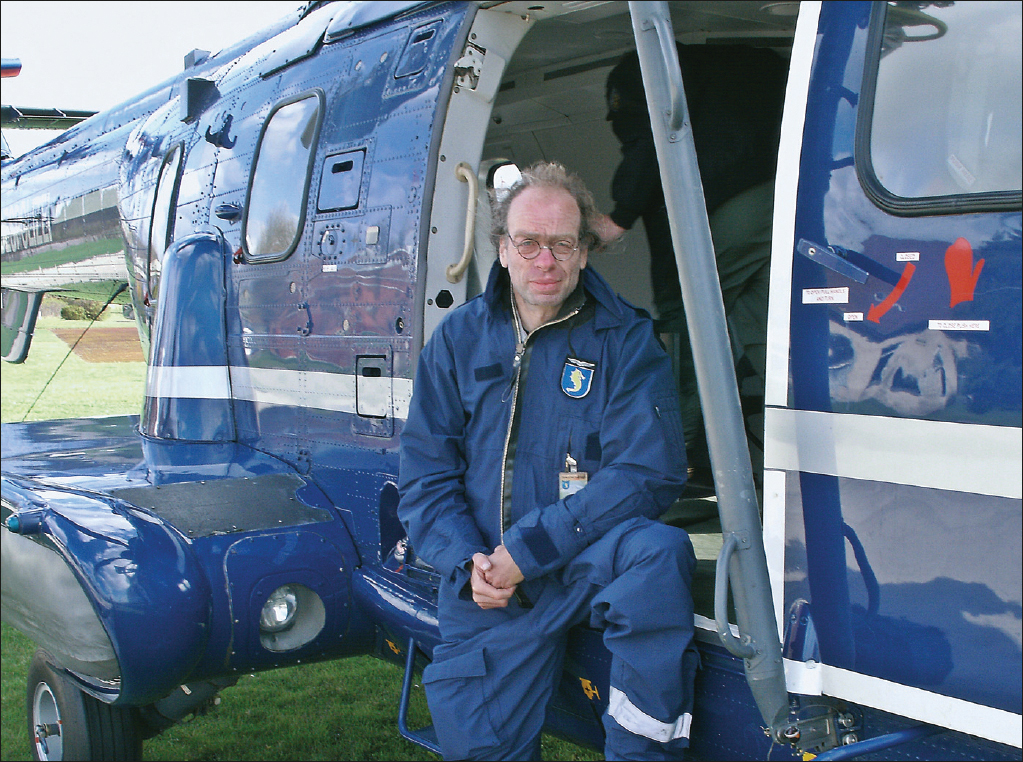
Fighter Aircraft since 1945
Frank Schwede
Translated by Geoffrey Brookes
Originally published as Jagdflugzeuge seit 1945
Copyright 2015, Motorbuch Verlag, Stuttgart
First published in Great Britain in 2017 by
Pen & Sword Aviation
an imprint of
Pen & Sword Books Ltd
47 Church Street
Barnsley
South Yorkshire
S70 2AS
Copyright Frank Schwede 2017
ISBN 978 1 47389 129 6
eISBN 978 1 47389 131 9
Mobi ISBN 978 1 47389 130 2
The right of Frank Schwede to be identified as the Author of this Work has been asserted by him in accordance with the Copyright, Designs and Patents Act 1988.
A CIP catalogue record for this book is available from the British Library
All rights reserved. No part of this book may be reproduced or transmitted in any form or by any means, electronic or mechanical including photocopying, recording or by any information storage and retrieval system, without permission from the Publisher in writing.
Pen & Sword Books Ltd incorporates the imprints of Pen & Sword Archaeology, Atlas, Aviation, Battleground, Discovery, Family History, History, Maritime, Military, Naval, Politics, Railways, Select, Transport, True Crime, and Fiction, Frontline Books, Leo Cooper, Praetorian Press, Seaforth Publishing and Wharncliffe.
For a complete list of Pen & Sword titles please contact
PEN & SWORD BOOKS LIMITED
47 Church Street, Barnsley, South Yorkshire, S70 2AS, England
E-mail:
Website: www.pen-and-sword.co.uk
Unless otherwise credited, all photos are property of the author or come from his collection.
Foreword
It is more than a century since military aviation began. From the first reconnaisance aircraft whole generations of military aircraft developed almost overnight and so it is fair to say that to a certain extent the First World War gave birth to them. The most important and interesting modern reconnaissance aircraft and bombers have already appeared in my Typenkompass books Aufklrer seit 1945 and Bomber seit 1945 , and so this book rounds off the trilogy. Here one can meet again the most interesting fighter aircraft of the last 70 years. They are classic aircraft which throughout the turbulent period of the Cold War provided peace and security. Naturally a small book such as this one, for reasons of space alone, cannot review each individual type. Ultimately the Typenkompass series is aimed at a broad public, and so as a rule I limit myself to models which have a certain degree of recognition not only for the aircraft scene but also for the layman.
As has been my practice in my earlier books I have presented the aircraft not by the year in which they first appeared but by manufacturer alphabetically. I believe that that creates a better order for when flicking through in search of a particular type. It is my hope, naturally, that the choice of the aircraft types presented will meet the interests of many, even if perhaps not all, readers.
Yours, Frank Schwede, Feldafing, Autumn 2015.
Introduction
Fighter aircraft with propellor drive quickly lost their significance after the end of the Second World War: the jet engine had proved its superiority and spread rapidly. Aircraft were faster and it was not long before even the last aircraft smithy recognized the sign of the times. Especially the fighter groups, which staked everything on pure speed, benefited from this new, pioneering development. Fighter aircraft have always been, and remain so today, the spearhead of all air forces. In the upshot, their task is to destroy enemy aerial formations or at least not allow them to cross into home airspace. It is therefore no surprise that fighter aircraft can look back on a long tradition.
Taking a brief look at the history: as mentioned in the Foreword, the fighter came into being in the First World War, therefore more than 100 years ago, and by chance. Initially the role of aircraft was only reconnaissance. On account of the heavy fighting on the fronts, naturally the reconnaissance units in the air had a dangerous role and could even be fired upon from the ground. Necessity is the mother of invention and so now reconnaissance machines always carried a weapon. From this measure of selfprotection during the early stages of the First World War there developed the first deliberate attacks on enemy aircraft, and so the fighter aircraft was born. From then on these special aircraft would have mounted fixed or rotatable machine-guns. In the summer of 1916 the first official German fighter squadrons were formed and soon became the model for numerous such squadrons around the world.
In the years between the wars an important variant came on the scene: the interceptor-fighter. It has now as then the role of climbing fast to great heights to intercept incoming bombers or other types of hostile. In earnest they fly directly towards the intruders in order to force them to abandon their objective. Thanks to modern radar and weapons of intervention suitable for the task, nowadays it is no longer necessary that enemy aircraft must be in sight. In the early stages of the fighter, however, high speed, fast rate of climb and great range were required, but now the parameters have changed, of which more later. Often interceptor-fighters were directed to attack ground targets. From the 1980s special, so-called air-superiority fighters received for these purposes a multitude of very powerful precision weapons.

An F/A-18 Hornet breaking through the sound barrier in low level flight above the aircraft carrier USS Constellation. (John Gay/USN)
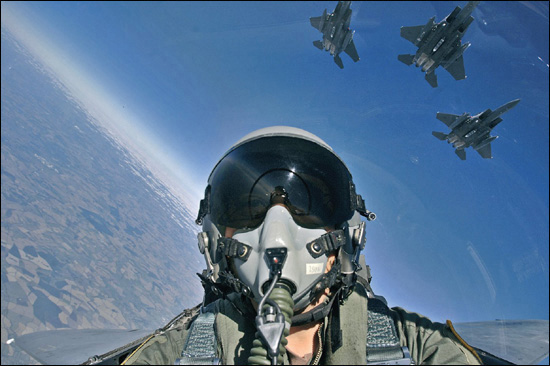
For unrestricted air superiority, an excellent field of view from the cockpit is an absolute must. (Lance Cheung)
At the latest since the end of the Second World War fighters have been classified into generations. At present we have fighter aircraft of the fifth generation. If we go back to the beginning, the legendary F-86 Sabre, Hunter and the Soviet MiG-15 and -17 were of the first generation. Not only people with an interest in aircraft agree beyond any doubt that these machines set a milestone. The second generation contained prominent names such as the MiG-21, F-4 Phantom and the elegant Mirage III. The classic machines of the third generation were finally the F-16, the MiG-29 and the Mirage 2000. The fourth generation was characterized by machines of the Eurofighter or Gripen Types. At the latest from the fourth generation, so-called Stealth technology came increasingly into the picture. The most recent projects, as for example the F-22 Raptor or the Chinese Chengdu J-20, have already been indicated as being of the fifth generation.
What are the qualities which a modern fighter aircraft must have in order to be considered reliable and superior? Most important are good manouevrability and flexibility together with fast rate of climb and acceleration. Another important requirement for pilots is naturally a good field of view from the cockpit so as to follow the target in all flight situations. Fifth-generation Types are again machines of such compact profile as to seriously handicap optical pursuit, or render enemy pursuit based on radar-based Stealth technology either impossible or at least very difficult. The generally accepted existing belief is that extremely high speed, or the ability to operate at very high altitude, have become almost insignificant for the newest generation of aircraft. In the 1960s for example, the United States built fighters and fighter-bombers all of which had to be able to fly at two and a half times the speed of sound at a maximum altitude of around 20,000 metres. In the modern state of knowledge these specifications have only a minor tactical use. In Viet Nam, US pilots discovered that in combat with the North Vietnamese MiG-21, they had to fly the tightest curves in order to keep the enemy in their sights. This forced the pursuing pilots to reduce their speed to around Mach 0.4 and naturally they lost height in doing so. Often the enemy fighter would spiral down fast to tree-top height, and from that moment at the latest it was clear that any attempt to increase speed in level flight was dangerous, for then the pilot would show the enemy his rear and offer him as it were a sitting target. Based on this knowledge, subsequent US machines such as the F-16 and F/A-18 dispensed with speeds above Mach 2 and a service ceiling above 17,000 metres . As a result of the more moderate speed these aircraft are far more efficient and nimble.

